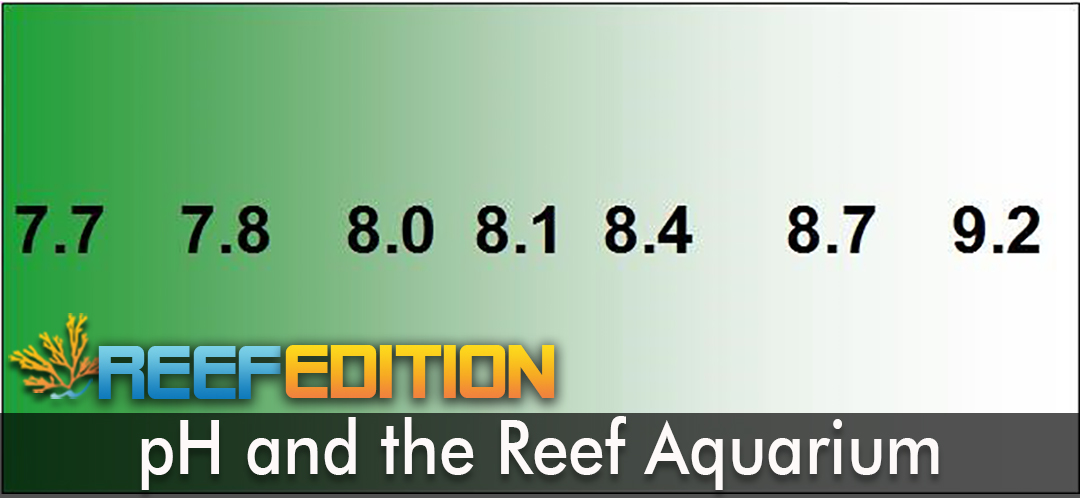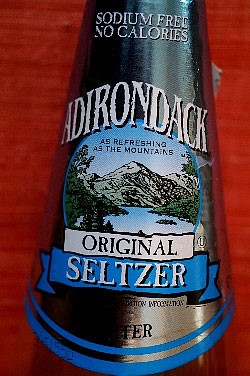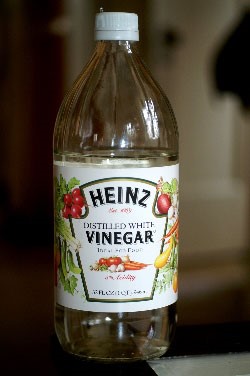I'm currently conducting some work involving the relationship between Ph, Nitrate and Temperature on octocorals. My current plan to lower pH levels was with vinegar, however dosing vinegar would provide a carbon source, in turn lowering my Nitrate levels. What could I dose that would lower pH but not mess with my Nitrate levels?
Navigation
Install the app
How to install the app on iOS
Follow along with the video below to see how to install our site as a web app on your home screen.
Note: This feature may not be available in some browsers.
More options
You are using an out of date browser. It may not display this or other websites correctly.
You should upgrade or use an alternative browser.
You should upgrade or use an alternative browser.
How to Decrease Ph Without Providing a Carbon Source
- Thread starter Lineatus
- Start date
- Tagged users None
I'm currently conducting some work involving the relationship between Ph, Nitrate and Temperature on octocorals. My current plan to lower pH levels was with vinegar, however dosing vinegar would provide a carbon source, in turn lowering my Nitrate levels. What could I dose that would lower pH but not mess with my Nitrate levels?
Muriatic acid or Seachem Acid buffer.
Perfect thank you.Muriatic acid or Seachem Acid buffer.
Does anyone know how much seachem acid buffer I would need to dose to get my required pH values? is there a calculator or equation available online? I can only find resources that show how to reach required alkalinity levels, not pH.
Randy Holmes-Farley
Reef Chemist
View Badges
Staff member
Super Moderator
Excellence Award
Expert Contributor
Article Contributor
R2R Research
My Tank Thread
- Joined
- Sep 5, 2014
- Messages
- 67,438
- Reaction score
- 63,818
I would not have recommended those materials. Both will deplete alkalinity and would not seem the right way to look primarily at pH effects without confounding them with alkalinity effects, unless a lowered alkalinity is what you want.
The best way to lower pH without changing alkalinity is by adding CO2. That can be accomplished a number of ways, such as by adding soda water or aerating with air that has higher levels of CO2.
The best way to lower pH without changing alkalinity is by adding CO2. That can be accomplished a number of ways, such as by adding soda water or aerating with air that has higher levels of CO2.
That’s very helpful thank you. I’m struggling to find any information online about soda water in reef tanks. Roughly how long would it take to for the pH reduction caused by the soda water to return to previous levels?Would it be like CO2, which pretty much needs to be constantly added?I would not have recommended those materials. Both will deplete alkalinity and would not seem the right way to look primarily at pH effects without confounding them with alkalinity effects, unless a lowered alkalinity is what you want.
The best way to lower pH without changing alkalinity is by adding CO2. That can be accomplished a number of ways, such as by adding soda water or aerating with air that has higher levels of CO2.
Im unable to get into the lab over weekends, and can’t afford dosing pumps, so a method I can leave a couple days without dosing would be preferable. The corals don’t require that much flow, so I can keep surface agitation to a minimum if needed.
Randy Holmes-Farley
Reef Chemist
View Badges
Staff member
Super Moderator
Excellence Award
Expert Contributor
Article Contributor
R2R Research
My Tank Thread
- Joined
- Sep 5, 2014
- Messages
- 67,438
- Reaction score
- 63,818
That’s very helpful thank you. I’m struggling to find any information online about soda water in reef tanks. Roughly how long would it take to for the pH reduction caused by the soda water to return to previous levels?Would it be like CO2, which pretty much needs to be constantly added?
Im unable to get into the lab over weekends, and can’t afford dosing pumps, so a method I can leave a couple days without dosing would be preferable. The corals don’t require that much flow, so I can keep surface agitation to a minimum if needed.
I discuss it in detail in the article below, but any water open to the air will exchange CO2 and change pH unless it is exactly at equilibrium already.

pH and the Reef Aquarium - REEFEDITION
by Randy Holmes-Farley For many aquarists, pH is not something that they have much experience with aside from their aquarium. For many, pH is almost a black box measurement: something to be considered, but whose physical meaning makes little sense to them. This article will Read more here...
www.reefedition.com
Solutions to High pH Problems
Some solutions to pH problems are peculiar to a specific cause, such as adding vinegar directly to limewater, or using less limewater than normal. Some general solutions, however, are frequently effective. Water changes are generally not an effective long-term solution to any pH problems. My recommendations on how to deal with high pH problems are detailed below.
Adding a buffer is a very poor way to control high pH. The best option in this regard is to add straight baking soda, but it lowers pH only slightly and provides a large boost to alkalinity. I showed experimentally in a previous article that adding enough baking soda to lower artificial seawater’s pH by 0.04 pH units raises alkalinity by 1.4 dKH (0.5 meq/L).
The most benign way to reduce high pH is to aerate the water more. Whether the aquarium looks well-aerated or not, and regardless of its oxygen level, if its pH is above 8.5 and its alkalinity is below 11 dKH (4 meq/L), then the aquarium is not fully equilibrated with carbon dioxide in the air (if its alkalinity is much higher than 11 dKH, then that may also require correction). Equilibrating carbon dioxide can be much more difficult than equilibrating oxygen. Air contains very little carbon dioxide (about 350 ppm) relative to oxygen (210,000 ppm). Consequently, a lot more air needs to be driven through the water to introduce the same amount of carbon dioxide as oxygen. Perfect aeration will solve nearly any high pH problem, and will rarely cause any problem of its own.
That said, sufficient aeration is not always easily accomplished, and other methods can be useful. These other methods are:
- Direct addition of carbon dioxide: Bottled soda water (seltzer) can be used to instantly reduce an aquarium’s pH. Be sure to select unflavored soda water, and check its ingredients to be sure it doesn’t contain anything that should be avoided (phosphate, etc.). Many manufacturers list water and carbon dioxide as the only ingredients.

Figure 3. Adirondack Seltzer, used to add carbon dioxide and lower pH.
- Direct addition of vinegar: Commercial distilled white vinegar (typically 5% acetic acid or “5% acidity”) can be used to instantly reduce an aquarium’s pH. Do not use wine vinegars because they may contain undesirable organics in addition to the acetic acid.

Figure 4. Heinz Distilled White Vinegar, used to lower pH.
- Addition of vinegar via limewater: Commercial distilled white vinegar can be used to reduce a tank’s pH by adding it to limewater that is subsequently added to the aquarium (instead of using limewater alone). Do not use wine vinegars because they may contain undesirable organics in addition to the acetic acid. A reasonable dose to start with is 45 ml of vinegar per gallon of limewater.
Similar threads
- Replies
- 16
- Views
- 416
- Replies
- 50
- Views
- 1,462
- Replies
- 43
- Views
- 756













